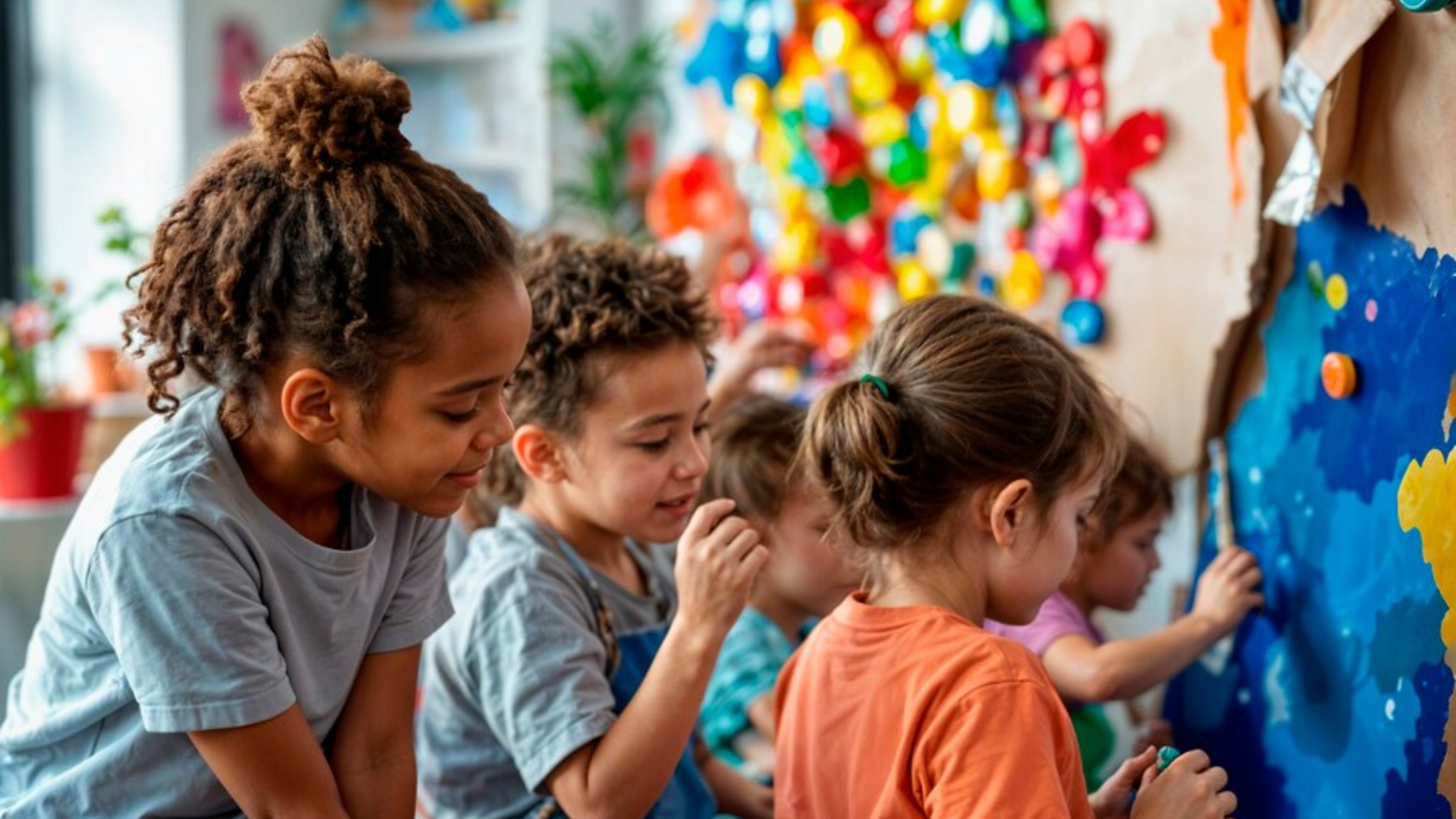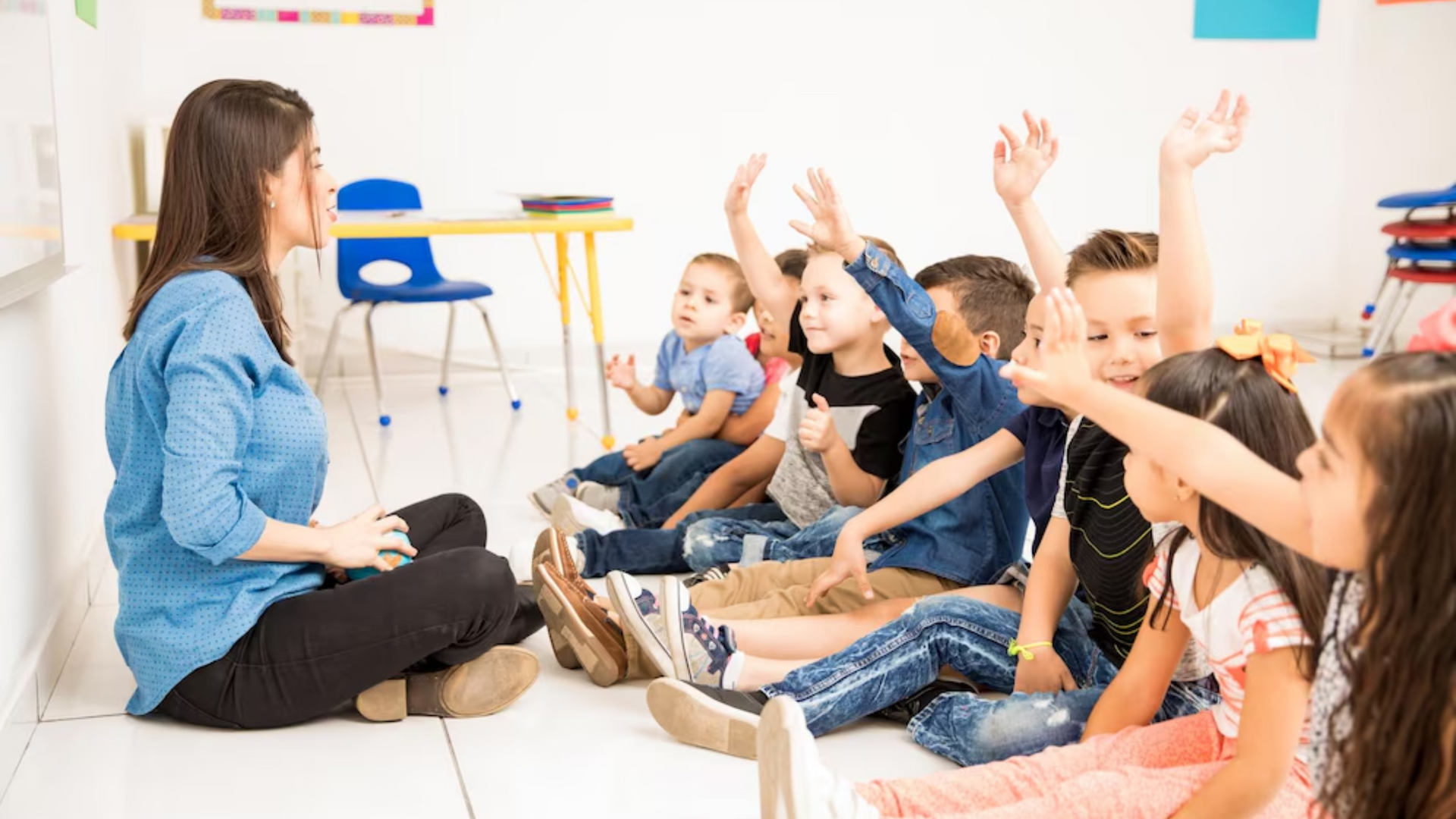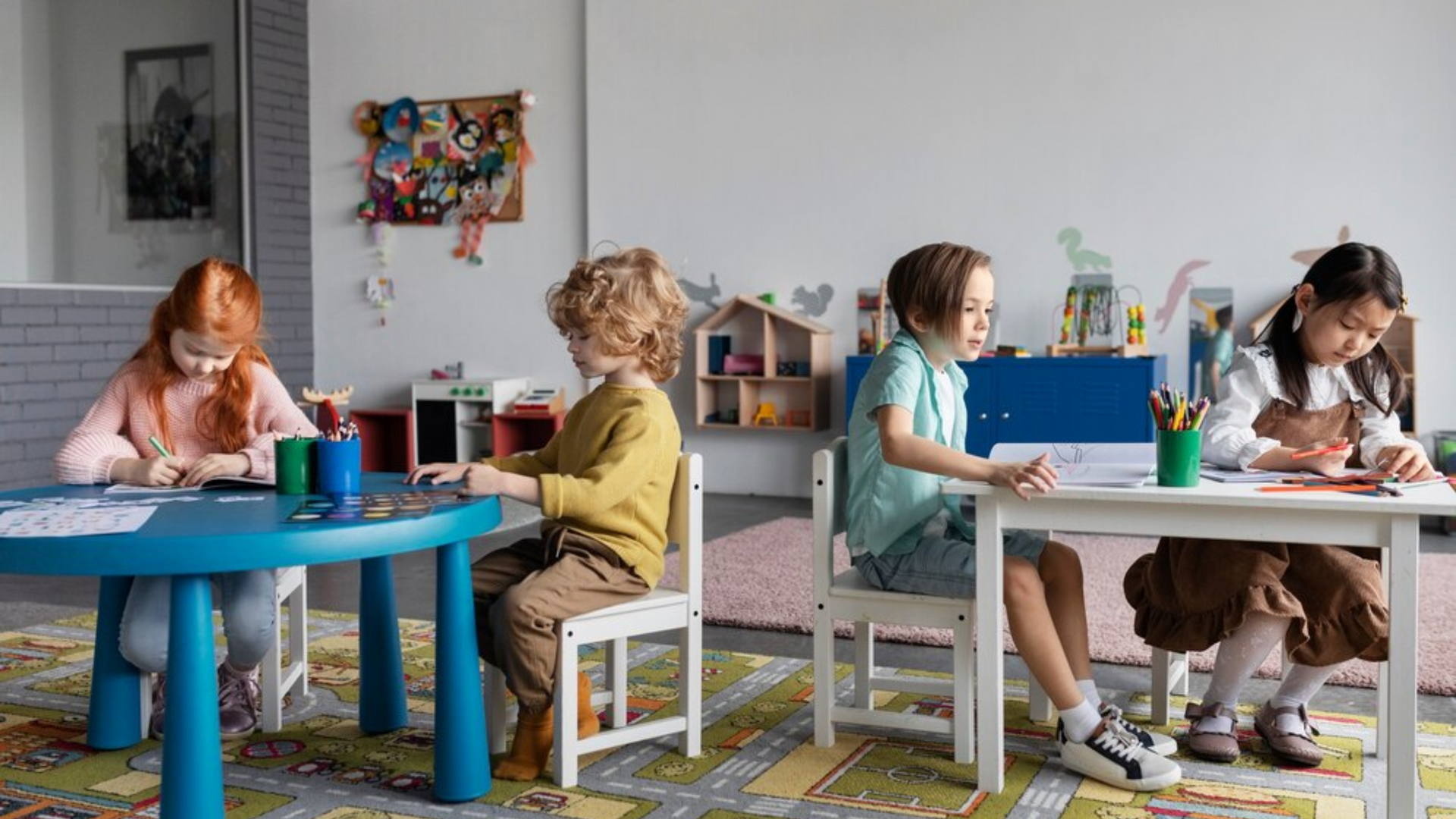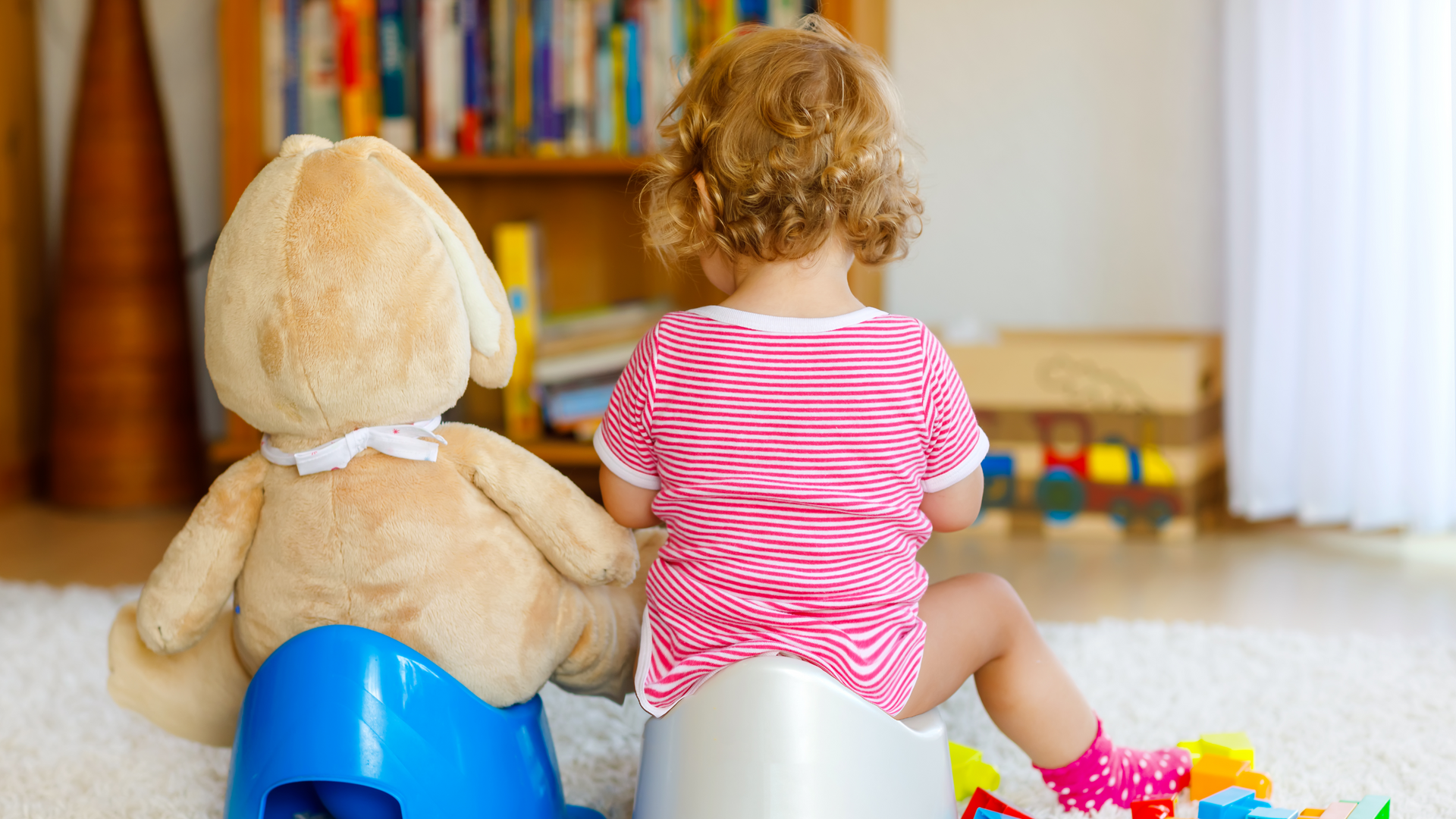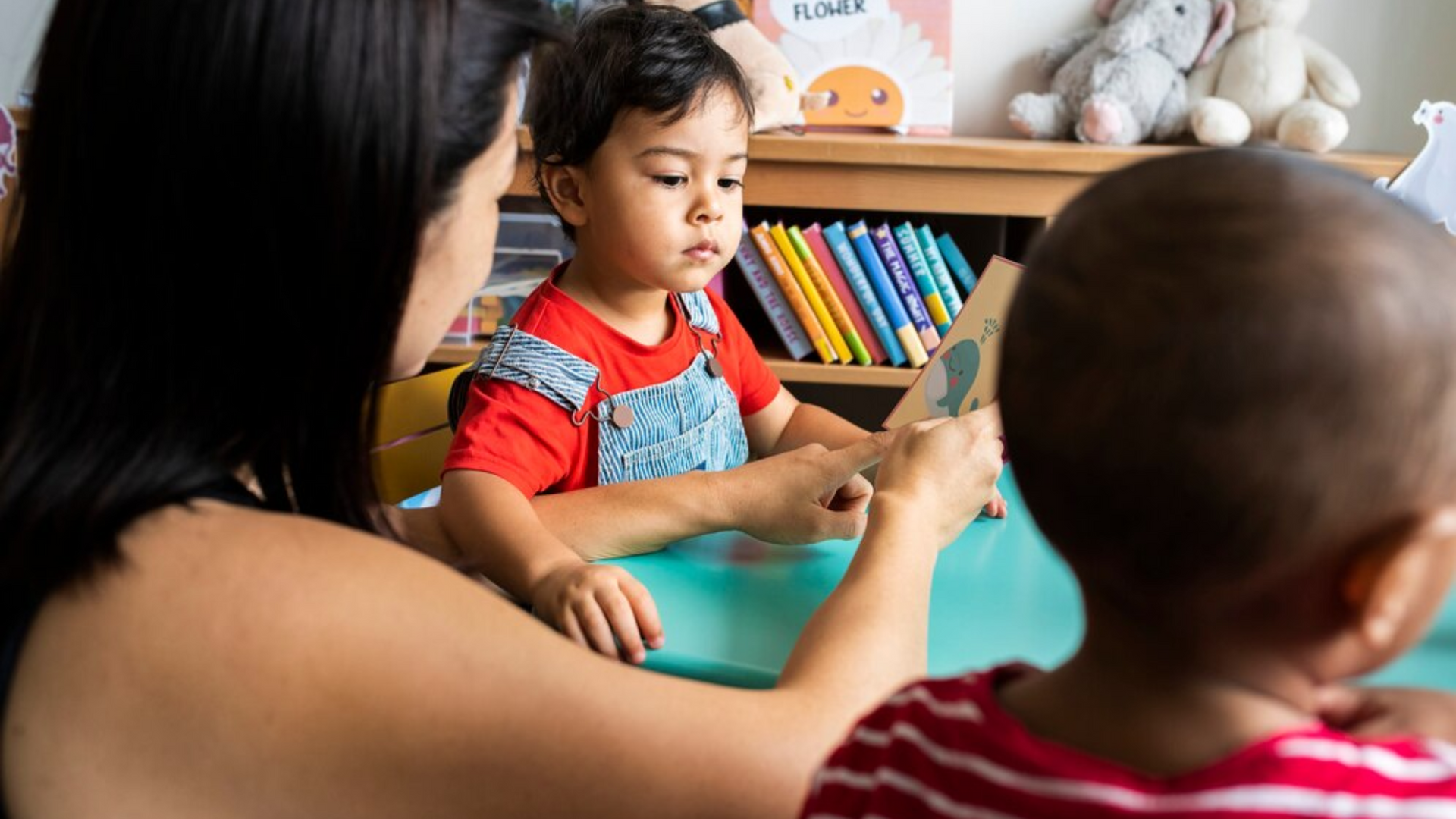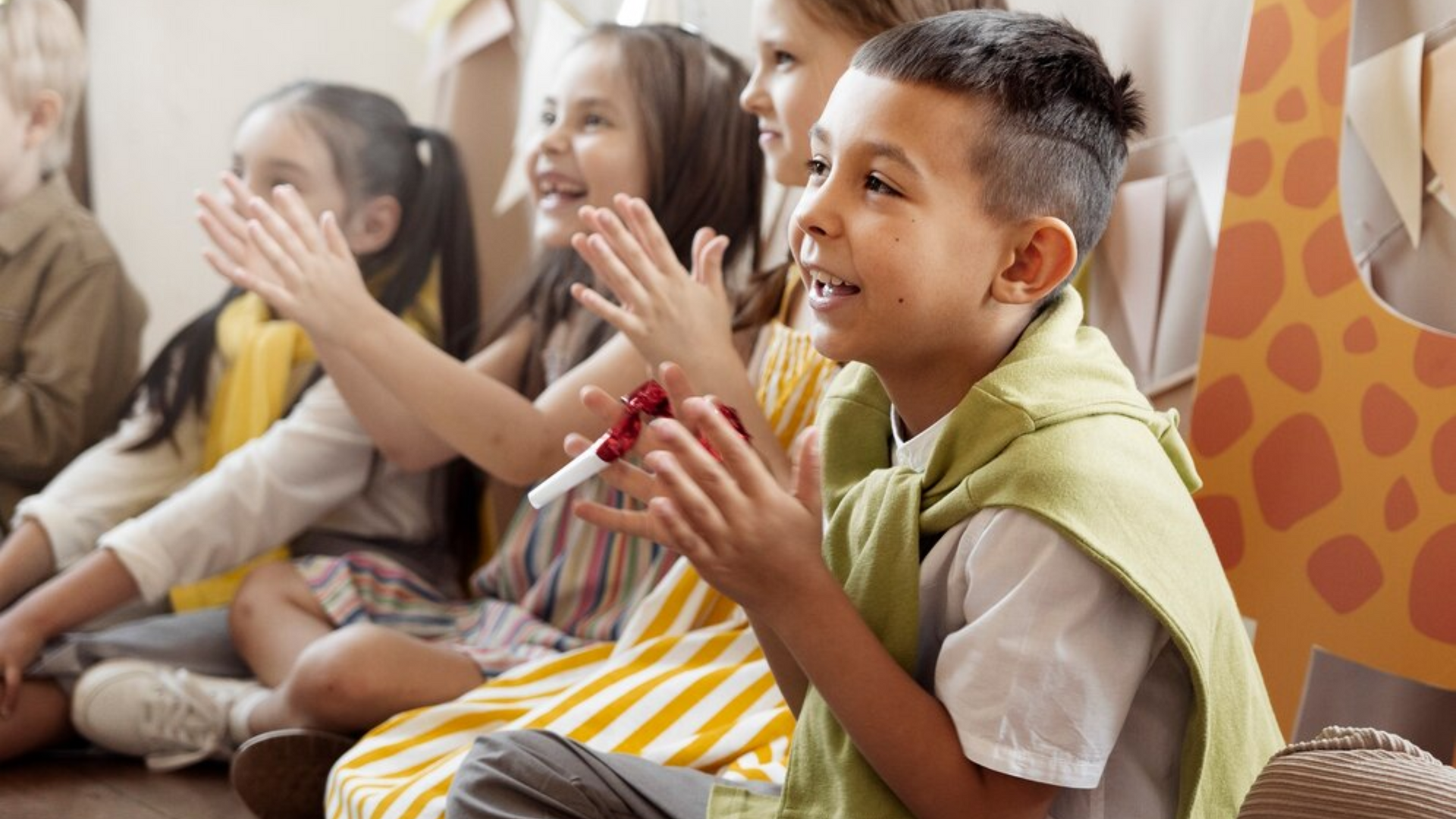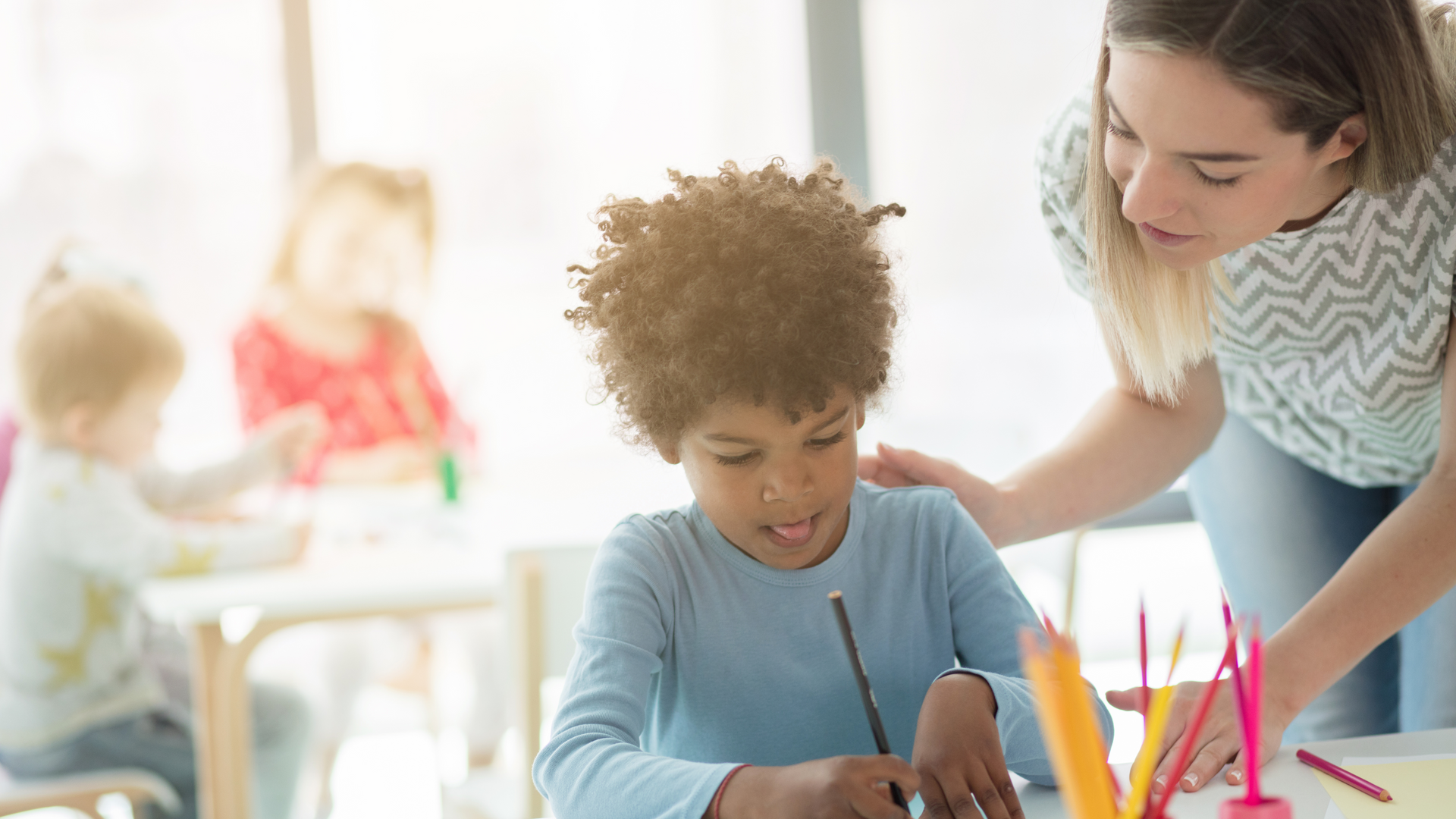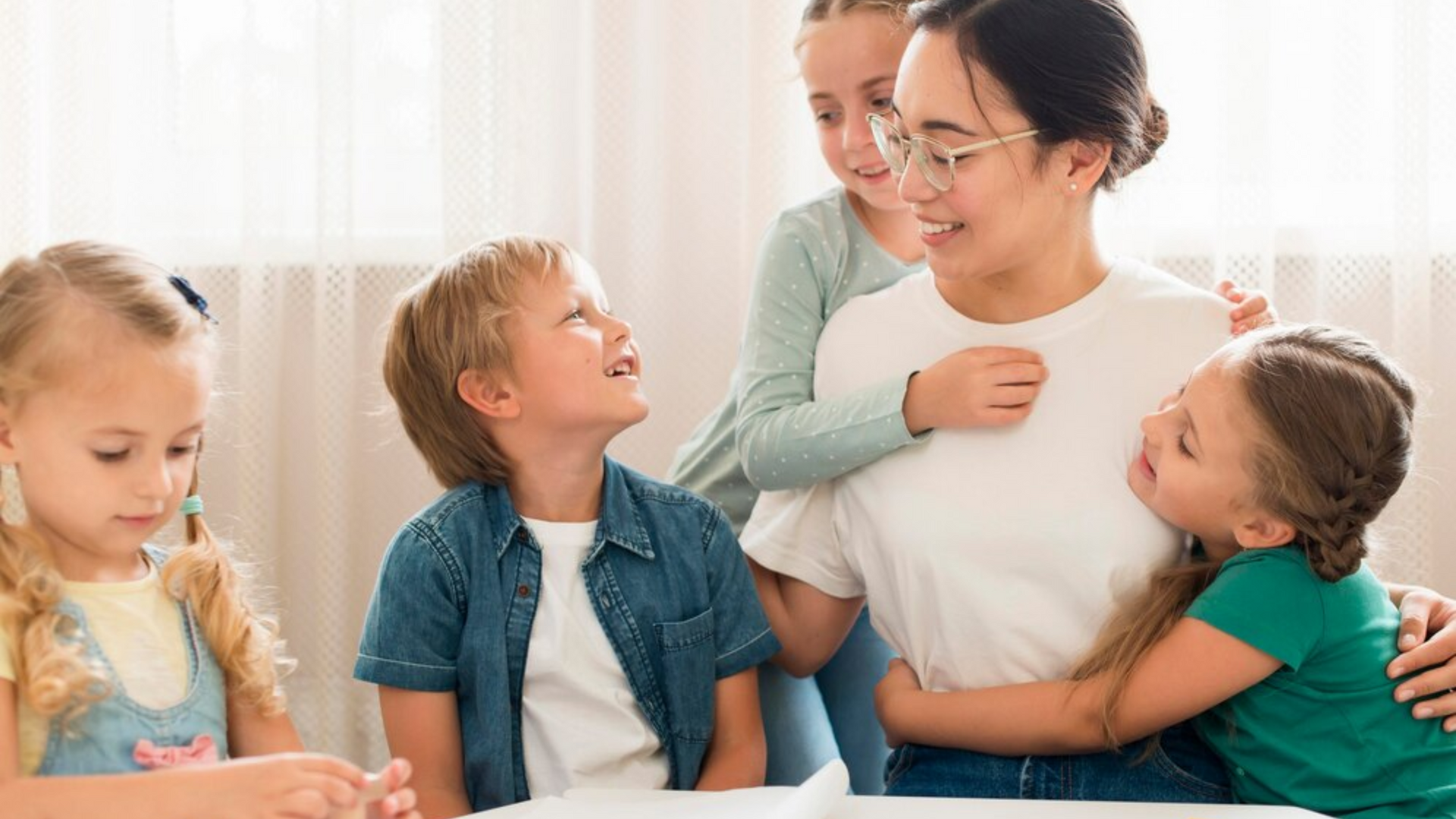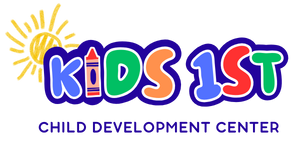Top 10 Educational Toys Recommended by Our Teachers
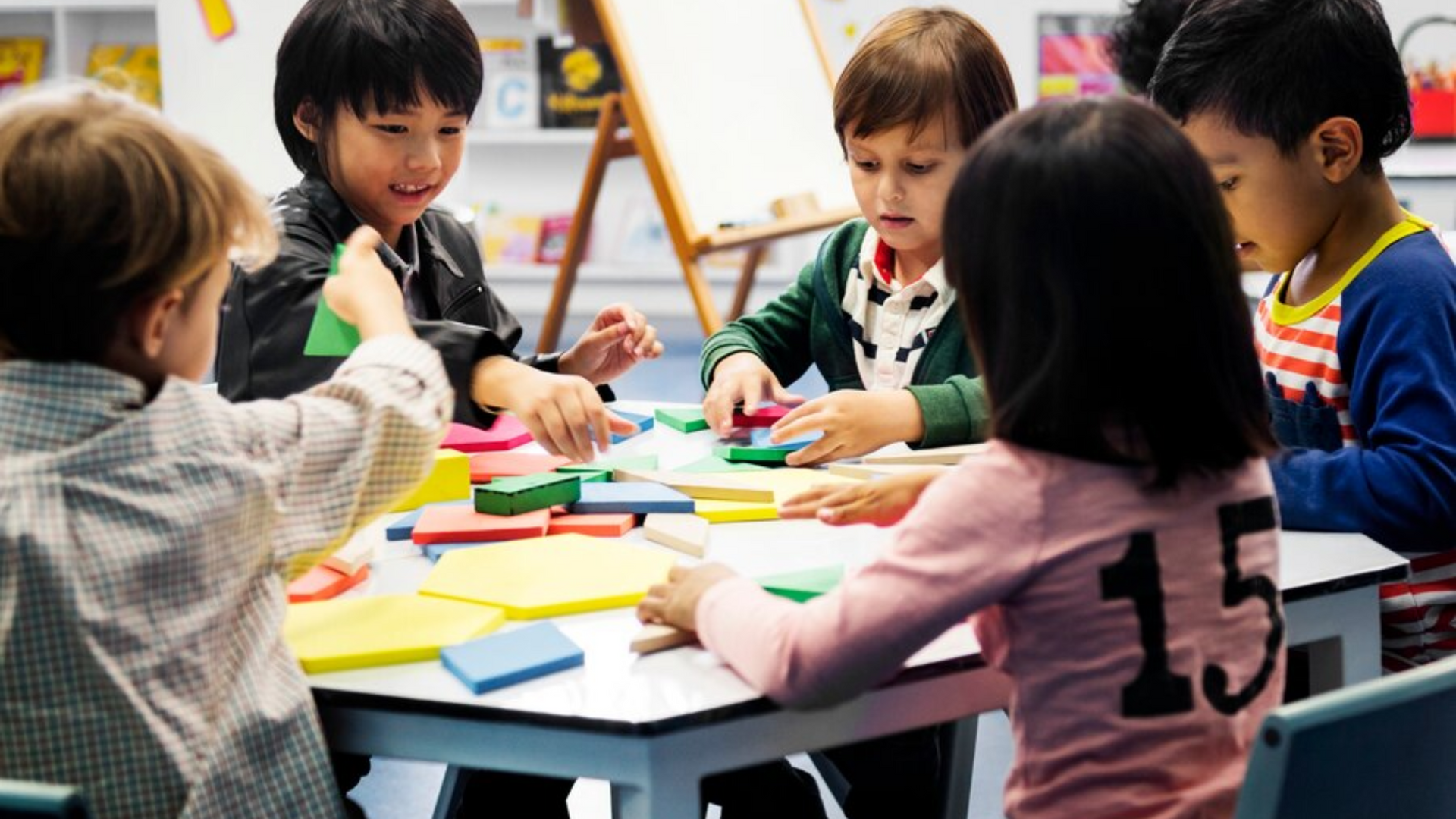
At Kids 1st Child Development Center, we believe that learning doesn’t just happen through books and lessons – it happens everywhere, especially during play. Toys are a powerful part of early childhood education. The best ones spark creativity, build developmental skills, and foster curiosity in a way that feels fun and exciting to little learners. That’s why we asked our dedicated teachers to share their favorite educational toys that support preschool learning both in the classroom and at home.
Here are the top 10 educational toys our teachers recommend for young children – toys that we use every day at Kids 1st and that parents love too!
1. Wooden Building Blocks
Simple, open-ended, and endlessly imaginative, wooden blocks are a timeless educational tool. They teach kids about balance, spatial awareness, geometry, and problem-solving while encouraging creativity. Whether children are building towers, roads, or entire cities, blocks stimulate both fine and gross motor skills.
Why we love them:
- Encourages STEM concepts
- Improves coordination
- Promotes independent and cooperative play
2. Magnetic Tiles (e.g., Magna-Tiles, PicassoTiles)
Magnetic tiles are colorful, engaging, and educational. They allow kids to explore 2D and 3D structures, enhancing their understanding of symmetry, shapes, and magnetism.
Why we love them:
- Supports creativity and engineering skills
- Safe and easy for little hands to manipulate
- Great for collaborative group play
3. Pretend Play Sets (Kitchen, Doctor, Market, etc.)
Pretend play is a cornerstone of early childhood development. Toy kitchens, doctor kits, grocery stands, and dress-up clothes help children explore real-world experiences and social roles.
Why we love them:
- Promotes language and communication
- Teaches empathy and role-playing
- Builds confidence and social skills
4. Shape Sorters and Stacking Toys
Shape sorters and stacking rings teach young children about categorization, spatial reasoning, and fine motor control. These toys help toddlers identify shapes, sizes, and colors in an interactive way.
Why we love them:
- Strengthens hand-eye coordination
- Teaches sorting and organizing
- Easy to use independently
5. Puzzles (Knobbed, Floor, or Interlocking)
Puzzles are a great way to develop problem-solving skills and concentration. For younger children, large wooden knobbed puzzles are best. As they grow, interlocking and floor puzzles provide an added challenge.
Why we love them:
- Builds patience and persistence
- Enhances memory and spatial skills
- Fosters fine motor development
6. Musical Instruments for Kids
Drums, tambourines, xylophones, maracas, and other kid-sized instruments introduce rhythm, pattern recognition, and auditory learning. Music also helps children express emotions and improve coordination.
Why we love them:
- Stimulates multiple senses
- Encourages self-expression
- Lays the foundation for musical appreciation
7. Alphabet and Number Learning Toys
From alphabet blocks to magnetic letters and number boards, these tools help children recognize and engage with letters and numbers early on, building pre-literacy and numeracy skills.
Why we love them:
- Supports early reading and math
- Makes abstract concepts tangible
- Easily integrates into daily routines
8. Sensory Bins and Play Dough Sets
Sensory play is essential for development. Tactile toys like play dough, kinetic sand, water beads, and rice bins give children opportunities to explore textures and practice mindfulness.
Why we love them:
- Boosts creativity and concentration
- Helps regulate emotions
- Builds fine motor skills for writing readiness
9. Interactive Storybooks and Audio Books
Books that talk, sing, or make sounds are great for engaging little learners who may not yet be ready to sit still for traditional reading. These books reinforce vocabulary, listening skills, and early literacy.
Why we love them:
- Fosters a love of reading
- Builds vocabulary and comprehension
- Encourages quiet time and focus
10. Ride-On Toys and Balance Bikes
Gross motor skills are just as important as cognitive development in early childhood. Ride-on toys, scooters, and balance bikes encourage physical activity and coordination.
Why we love them:
- Strengthens core and leg muscles
- Enhances balance and spatial awareness
- Promotes outdoor play and exercise
Tips for Choosing the Right Educational Toys
Not all toys are created equal. When selecting educational toys, consider these key factors:
- Age-appropriateness: Ensure toys match your child’s developmental level.
- Safety: Avoid small parts for toddlers and choose durable, non-toxic materials.
- Open-ended design: Look for toys that allow for multiple uses and creative exploration.
- Engagement: Choose toys that match your child’s interests to keep them motivated.
- Learning goals: Think about what skill the toy helps to develop: language, math, motor, social, etc.
Bringing Learning Home
While our classrooms at Kids 1st are filled with engaging learning materials, many of our favorite toys are just as effective at home. They support consistency in learning and allow children to transfer knowledge from one environment to another. Parents who play an active role in choosing and playing with educational toys build stronger bonds with their children and reinforce the joy of learning.
By incorporating these toys into your child’s daily routine, you’re not only keeping them entertained but also giving them a developmental head start. If you’re looking to create a home environment that mirrors our fun, nurturing classrooms, start with a few of these favorites!
Staying Engaged All Year Long
Supporting your child’s growth doesn’t stop when the seasons change. To see how Kids 1st keeps little learners engaged and active year-round, explore Is Daycare All Year Round? Here's the Truth. And if you're ready to join a nurturing learning environment filled with age-appropriate toys and activities, don't miss How to Secure Your Child's Spot in a Top Orlando Childcare Program.
